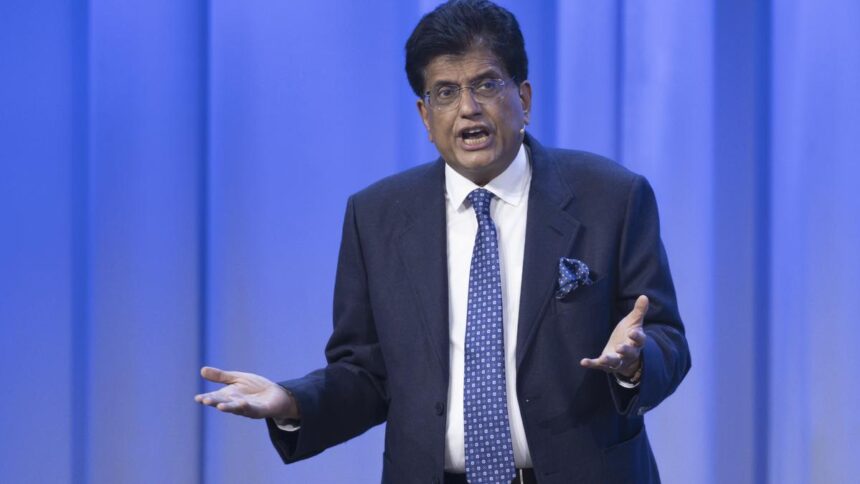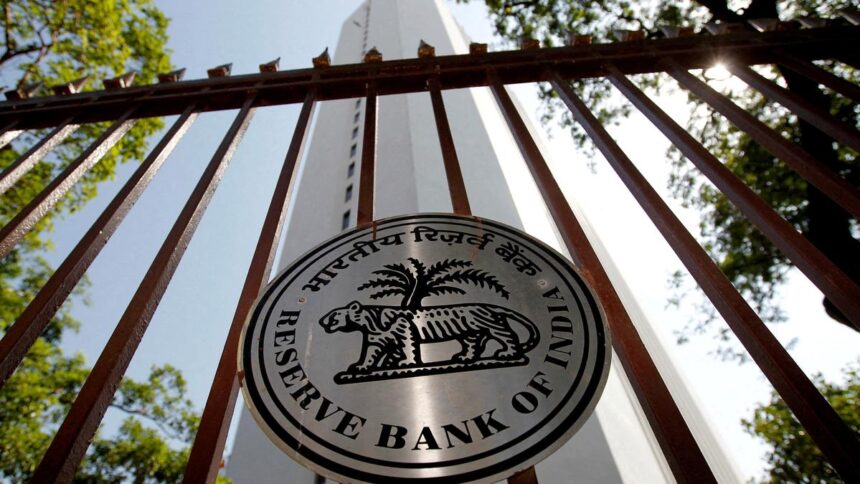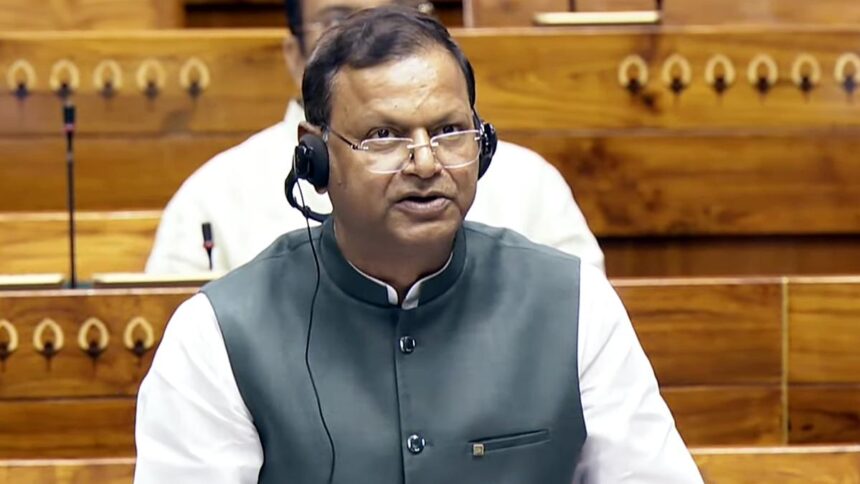The Reserve Bank of India is rolling out aggressive monetary easing to revive consumption and investment in the economy, but the payoff hinges on whether banks ramp up credit and companies want to take on more debt in uncertain economic conditions.
The Reserve Bank of India on June 6, 2025 cut its key repo rate by a larger-than-expected 50 basis points and slashed banks’ cash reserve ratio (CRR) by 100 bps, taking advantage of cooling inflation as U.S. President Donald Trump’s tariff threats add to global uncertainty.
The RBI’s pivot comes at a crucial moment. A strong monsoon is expected to lift rural incomes and sentiment, but urban consumption and private investment remain tepid.
The policy shift is in line with the government’s broader push to support micro, small and medium enterprises (MSMEs), critical to create jobs in the world’s most populous country.
The MSME sector contributes 29% to India’s GDP, 40% of exports and employs over 60% of the country’s workforce. In contrast, just 16% of overall bank credit goes towards this sector as of April, RBI data showed.
By unlocking bank funds, the central bank is betting that cheaper credit will revive urban demand, stimulate SME investment, and complement the rural boost — helping broaden the economic recovery.
“Boosting consumption alone will not lead to long-term structural growth, the idea is to also boost investments by small and medium sized (SME) firms where there is a large appetite,” said a source familiar with the central bank’s thinking.
RBI Governor Sanjay Malhotra said the measures aim to push growth toward a higher ‘aspirational’ trajectory of 7% to 8%. India’s economy is estimated to have grown by 6.5% in the year to March and is expected to maintain that pace in fiscal 2026.
The RBI did not immediately respond to a request for comment.
Interest costs to drop
Nearly 80% of retail and SME loans are now linked to external benchmarks such as the repo rate, meaning borrowers will see interest costs drop almost immediately, said Soumya Kanti Ghosh, group chief economic adviser at State Bank of India.
Banks, however, have typically perceived SMEs as high-risk, charging them interest rates much above those offered to larger companies.
Ms. Ghosh estimated that the easing could free up ₹50,000-60,000 crore for spending and investment.
“The RBI’s current focus is to support momentum in capital formation for more durable growth,” said Ms. Ghosh, who was among the few economists to predict a 50-bps cut.
All eyes on banks now
The success of the RBI’s pivot now rests with banks’ willingness to lend and borrowers’ readiness to take on leverage.
In 2023, a sharp uptick in unsecured loans prompted tighter norms by the RBI alongside concerns raised about elevated credit-deposit ratios at certain private banks.
This prompted banks to go slow on these segments and moderated bank credit growth. Bank credit rose 11.2% in April compared with 15.3% a year earlier but was sharply below high-teen levels seen in 2023.
Demand from large companies remains muted, as many are sitting on cash and prefer tapping bond markets or external borrowing, said a source at a state-run bank.
In contrast, mid- and small-sized firms — which lack those options — are likely to benefit from the additional liquidity created by the CRR cut and the RBI has privately urged banks to focus on this segment, the source said.
“Basically, they (RBI) have done all what they can from their side and left the ball in banks’ and borrowers’ courts,” the source said.
Loans against gold expected to pick up
Retail credit segments like mortgages, SME lending and loans against gold are expected to see a pickup, bankers said.
“We expect lending towards sectors like mortgages, MSME and gold to rise after this surprise CRR cut,” said Virat Diwanji, national head-consumer banking at Federal Bank.
Still, some analysts caution that the impact may remain limited to consumption, with little spillover to private investment.
“We believe the transmission will be felt mostly through the consumption cycle,” said Seshadri Sen, head of research and strategist at Emkay Global Financial Services.
“Banks are far better geared to lend to this segment and will focus here to quickly ramp up loan growth. We see little impact of these cuts on corporate credit and private capex,” he added.
Published – June 10, 2025 05:11 pm IST























